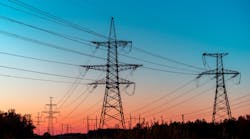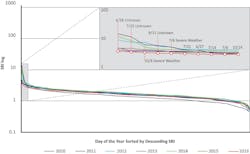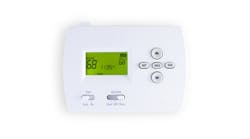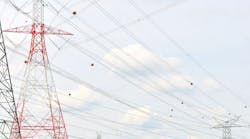The North American Electric Reliability Corp.’s State of Reliability 2017 report, which reviews past performance of the bulk power system, had mixed findings this year.
The report examined the state of system design, planning and operations, and the ongoing efforts by NERC and industry to continually improve system reliability and resiliency. “This year’s report found that the bulk power system provided an adequate level of reliability during 2016.” said James Merlo, vice president and director of Reliability Risk Management at NERC. “This analysis helps NERC and industry determine the effectiveness of mitigation efforts and provides recommendations to maintain a reliable and secure grid.”
NERC found that our bulk power system resiliency to severe weather continues to improve.
NERC Annual Daily Severity Risk Index
Specifically, in 2016 for the second consecutive year, there were no days that the daily severity risk index (SRI) was part of the top-10 most severe list of days between 2008 and 2015, despite days with extreme weather conditions across North America.
However, NERC additionally found that cyber and physical security risks have been increasing. While there were no reported cyber or physical security incidents that resulted in a loss of load in 2016, cyber and physical security threats are increasing and becoming more serious over time.
In addition, in 2016, protection system misoperations continued a four-year decline, decreasing to 8.7 percent — down from 9.5 percent in 2015 and 10.4 in 2014. However, the three largest causes of misoperations remains the same – incorrect settings/logic/design errors, relay failure/malfunctions, and communication failures. This shows that continued focus on regional education, outreach and training efforts with stakeholders is needed.
Other findings include:
- No Category 4 or 5 events. For the second consecutive year, there were no Category 4 or 5 events consecutive year and only two Category 3 events.
- Frequency response shows improvement, but requires continued focus. Three of the four interconnections trended “improving” while the Québec Interconnection frequency trend moved from “declining” to “stable.”
- Transmission outages caused by human error shows slight increase. While no increase in outage severity was discovered, human error remains a major contributor to transmission outage severity.
NERC’s State of Reliability 2017 also highlights key recommendations, including enhancing measurement of frequency response and voltage to quantify effects of changing resource mix, including vendors and manufacturer in analyses where possible, and redefining reportable cyber and physical security incidents to be more granular.
NERC’s full report is available at this link.



